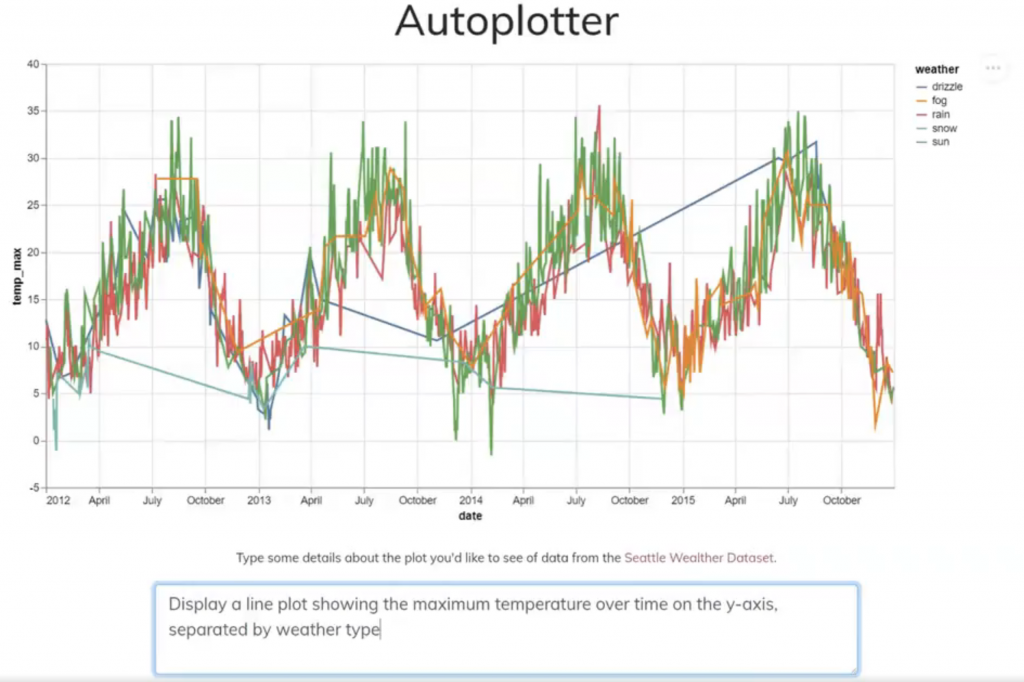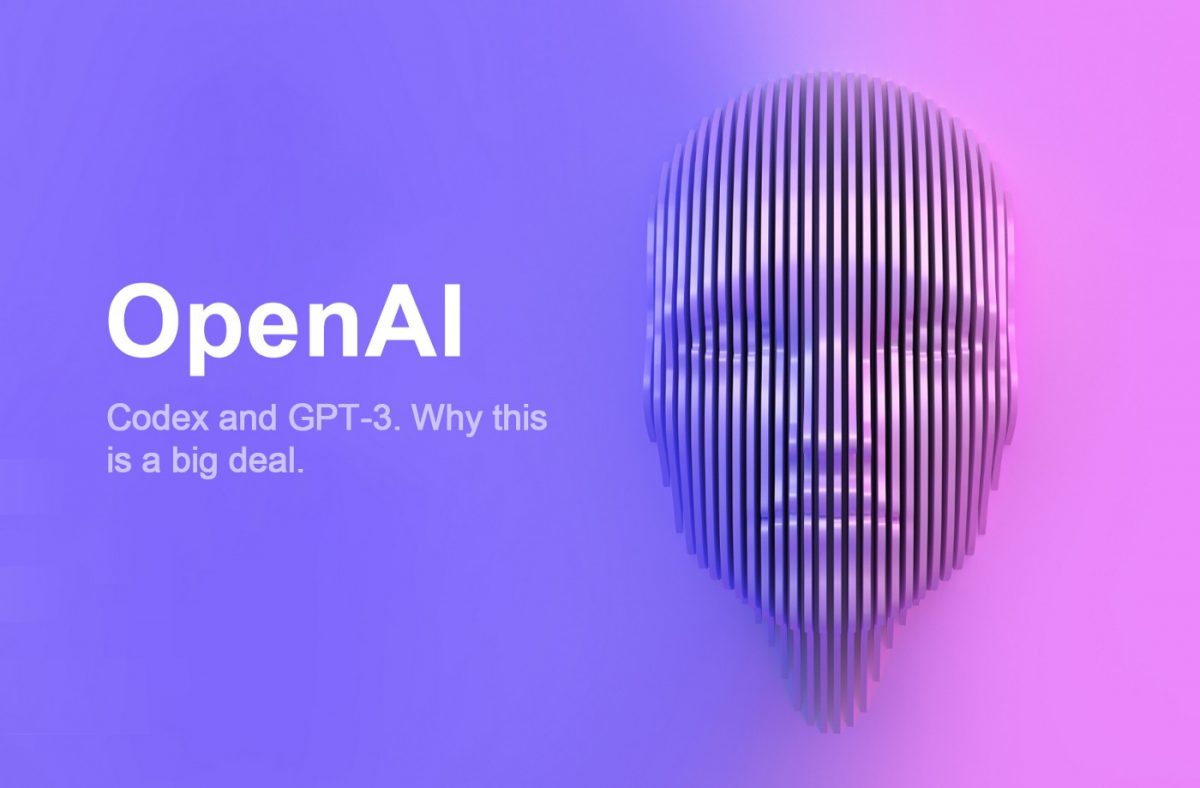AI is probably the most (over)used term in the past decade and is the root of many disruptive and sustaining innovation. OpenAI (oh yes, an Elon Musk company), is a frontier on AI research and deployment. Their mission is to ensure that artificial general intelligence (AGI), meaning the outperformance of human work by autonomous systems, benefits all of humanity.
In 2020, OpenAI released a paper about GPT-3, a language model capable of processing natural language as input and transforming it into usable outputs like complex SVG graphs, answering exam questions and writing math formulas. For example, the input ‘Show a scatter plot with minimum temperature and maximum temperature both on the y-axis’ gives an output as shown below. The only input was the text and the database the data was based on.

This means that complex tasks that previously solely humans could perform, are now within the realm of AGI, only with the input of a simple prompt. Although the GPT-3 could do some impressive things, it was still fairly limited.
Earlier this month, OpenAI released Codex, based on GPT-3. This system can interpret simple commands in natural language and execute them on the user’s behalf, which makes building natural language interfaces to existing applications. Where GTP-3 was primarily good at generating natural language, Codex could produce working code. With the use of an API, commands can be issued in English to any piece of software.
To visualise what Codex is capable of, OpenAi released a video of them coding a simple space game in under 9 minutes as shown below. Previously, we could not have imagined that a game like this could be developed with such speed and without writing a single line of code. The AI basically functions as an employee with coding knowledge, and you are the manager providing the requirements.
So, what does this mean? Did the apocalypse for the software developer arrive? Probably not, at least not any time soon.
Two sides of programming
The majority of developers are spending half, or less, of their day coding. This becomes apparent from a survey from ActiveState. Activities such as design and architecture, meetings, testing, and bug hunting are other time-consuming activities. Those activities are necessary to perform with the skills software developers have as they require human creativity and coder-mindset.
But Codex can still play a roll in this. Demand for developers has been rising for the last decennia and will keep going at this rate. Codex will allow coders to work more efficiently and will help filling the supply/demand gap. Greg Brockman, a researcher at OpenAI, talks about two sides of programming. One side is the more requirement related side, in which the problem must be solved and divided into smaller pieces. On the other side, those pieces must be mapped to existing code. Especially the latter activity is something Codex works exceptionally well for, and beta-testers say it brings the joy in coding back into their life as it allows them to spend less time on writing simple code and makes working more efficiently.
Over-reliance is dangerous
Finally, Codex works as a black box. The inputs fed to the system will lead to a particular output, but it is nearly impossible to understand what the system based its decision on. This means it can contain flaws and errors. Surely we can look into the code and see what the system produced, but that would require a software developer to read and understand the code, which takes about the same time as writing it himself. Those errors are present to a lesser extent in human programmers. To avoid errors in software, complex tasks will still be executed by humans. We still cannot trust on the code Codex writes completely, as in beta testing, roughly 60% of the code still contains errors or bugs.
Overall, Codex will serve as a valuable tool with a possible enormous impact on the software industry, maybe even education. In the future, I might just tell my computer to write an essay on AI and its impact instead of doing the research and writing myself. However, I can assure you this blog is written by myself.
Sources:
GPT-3 Generates SVG Chart: https://www.buildgpt3.com/post/29/
Blog: OpenAI Codex: https://openai.com/blog/openai-codex/
Towardsdatascience: https://towardsdatascience.com/heres-how-openai-codex-will-revolutionize-programming-and-the-world-e8432aafc5f7
TNW: https://thenextweb.com/news/dont-mistake-openai-codex-for-a-programmer-syndication


Such an interesting blog post Julius!
Indeed, the Artifical General Intelligence (AGI) is an upcoming form of AI, as well as Artifical Super Intelligence (ASI), which perform better than the weak AI form that’s now mainly used in day-to-day business operations. For these stronger versions of AI, the human interpretation of the given output becomes more important. Indeed, I believe that GPT-3 and related systems as Codex have the potential to significantly make the coding process less complex, even though errors still occur frequently. I predict that in the future, these system performances will improve, although human efforts and interpretation will always remain an essential part of the coding process.
I love the example of the coded game, and I hope to still see your input in the form of blogs in the future, despite the fact that AI might be able to make it for you 😉
Thanks for your comment Joy!
I agree, the input of human intelligence will always be relevant and needed in a society. At the same time, we can leverage AI to our benefit and make improvements faster than we are now capable of.